The National Association of Addiction Treatment Providers recognizes addiction as a disease with psychological and social components, not a lack of willpower or an acute, behaviorally-centered condition. Become educated about drugs of abuse and the statistics surrounding them, and learn how to tell when someone may have a Substance Use Disorder. Self-help groups for people with a drug use disorder, like Alcoholics Anonymous and Narcotics Anonymous, or for loved ones of addicted individuals, like Al-Anon, are important to drug addiction recovery. The term dual diagnosis refers to the presence of both a drug use disorder and a serious mental health problem in a person. Substance use disorders, unfortunately, occur quite commonly in people who also have a severe mental illness.
Understanding Addiction to Support Recovery
- Fourteen (14) drugs are classified as Schedule V. One example of a Schedule V drugs are cough medicines with 100 to 200 ml of codeine per dose.
- Your healthcare provider should review your treatment plan regularly.
- The key is to take the first step and reach out to someone for help.
- So if something feels off, it’s worth bringing up with your loved one and suggesting they reach out for care.
Drug addiction is a chronic, relapsing disorder characterized by compulsive drug seeking, continued use despite harmful consequences, and long-lasting changes in the brain. Substance use disorder (SUD) is a medical condition that affects the brain and behavior, making it difficult for a person to control their use of substances like alcohol, drugs, or medications even when it leads to negative consequences. Before considering Halfway house treatment, it’s important to have a thorough understanding of how addiction, also called Substance Use Disorder (SUD), affects the brain.
What are warning signs that you or a loved one may have a drug abuse and addiction disorders?
- Abuse of substances such as alcohol, marijuana, cocaine, prescription medications, and others can cause health issues and serious problems with family, friends, coworkers, job, money, and the law.
- Barbiturates, benzodiazepines and hypnotics are prescription central nervous system depressants.
- After repeated drug use, the brain cannot produce normal amounts of dopamine on its own.
- People with drug addictions continue to use drugs compulsively, despite the negative effects.
- Another sign of addiction is a shift in sleep and wake patterns—sleeping too much or too little, or at unusual times.
The habit is performed regularly and often—at a pack a day, 75,000 puffs a year—thereby reinforcing the behavior. In our society, it is easier for people to become dependent on tobacco than virtually any other drug. Compared to other addicting substances, tobacco is relatively inexpensive, easily available, and socially acceptable (though that is changing). Long-term abuse of drug addiction alcohol can increase the risk and severity of pneumonia and tuberculosis; can damage the heart, leading to heart failure; and can cause cirrhosis of the liver, leading to liver failure.
Medicine as part of treatment
These elements interact in complex ways, making individuals more vulnerable to developing substance use disorders. Addiction to mood regulating drugs, including antidepressants and mood stabilizers, leads to dependence when misused. While they are essential for treating mental health conditions, misuse results in withdrawal symptoms and a return of depressive symptoms. The misuse of these medications is a growing concern in mental health treatment. No, drug addiction and drug dependence are not the same, though they are related.
Why do people take drugs?
Drug dependence refers to a physical reliance on a substance, where the body adapts to the drug, leading to tolerance and withdrawal symptoms when it is not used. In contrast, drug addiction encompasses a broader behavioral aspect, characterized by compulsive drug-seeking behavior and continued use despite negative consequences. While dependence occurs without addiction, addiction involves both a physical and psychological component, making it more challenging to overcome. Also important in the treatment of drug dependency is helping the parents, other family members, and friends of the addicted person refrain from supporting addictive behaviors (codependency). Whether providing financial support, making excuses, or failing to acknowledge the drug seeking and other maladaptive behaviors of the drug abuser, https://uinhub.com.br/understanding-alcohol-use-disorder-national/ discouraging such codependency of loved ones is a key component of recovery. A focus on the addicted person’s role in the family becomes perhaps even more significant when that person is a child or teenager, given that minors come within the context of a family in nearly every instance.

